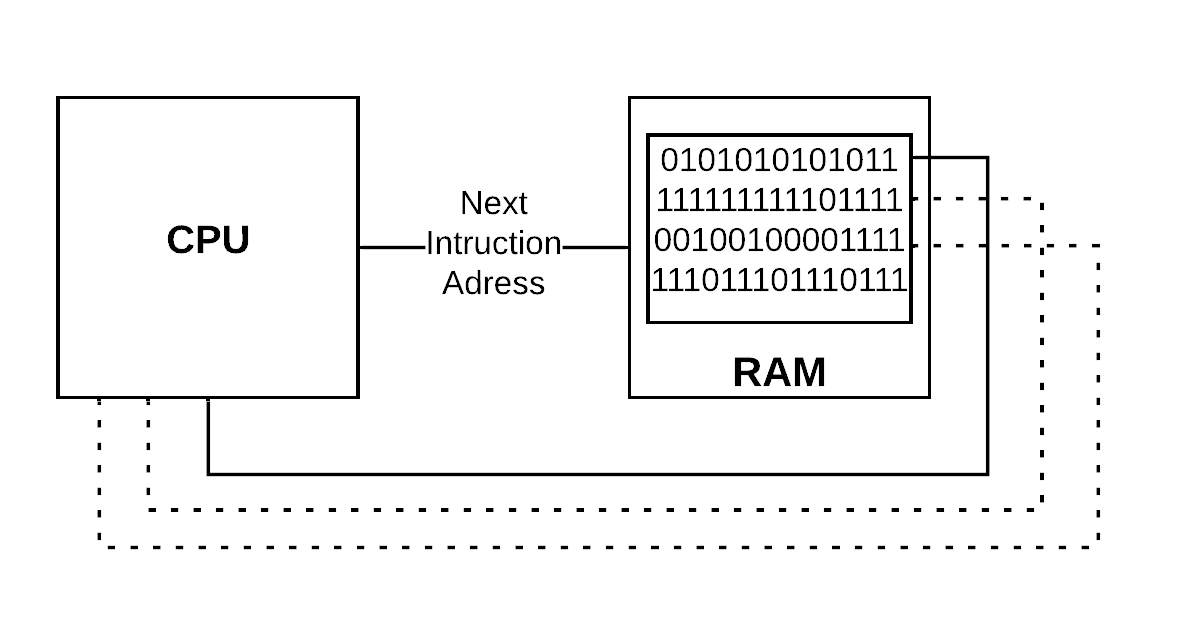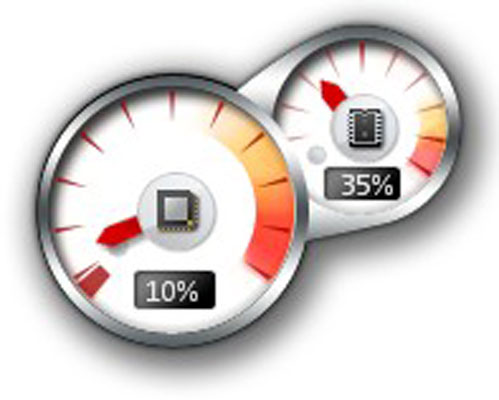

The processing power of the devices on your network will define the capacity of the network itself. Because of the central role of the CPU in any device, CPU monitoring is an incredibly effective approach to keeping a network functioning optimally. IT administrators have a wide range of options for monitoring the performance of their networks and connected devices.
#Cpu and ram monitor how to#
How to Use CPU Metrics to Monitor Network Performance Read my CPU monitor tool review below to learn why. I found Network Performance Monitor rates most highly as a program to monitor CPU usage, with Engineer’s Toolset ™ coming in at a close second. To help you choose among the many tools on the market, I’ve tried out and put together a list of the best CPU monitoring software. A powerful and dependable CPU monitor is fundamental to every system administrator’s toolkit. When it comes to network management, effective CPU usage monitoring could be the difference between network stability and network performance deterioration.

This may also be useful: How to Find CPU Processor Information in Solaris (Doc ID 1444358.The central processing unit (CPU) is the core component of any device on a network, and it has the potential to dramatically affect the performance and stability of the network. Let linenum=2for ((i = 1 i Physical Processor 1 (chip id: 1024): # now derive the vcpu-to-core mapping based on above information #Įcho -e "\n** Socket-Core-vCPU mapping **" Speedinghz=`echo "scale=2 $speedinmhz/1000" | bc`Įcho "Total number of physical processors: $nproc"Įcho "Number of virtual processors: $vproc"Įcho "Number of cores per physical processor: $ncoresperproc"Įcho "Number of hardware threads (strands or vCPUs) per core: $nstrandspercore"Įcho "Processor speed: $speedinmhz MHz ($speedinghz GHz)" Nproc=`(grep chip_id /var/tmp/cpu_info.log | awk '' | sort -u)` usr/bin/kstat -m cpu_info | egrep "chip_id|core_id|module: cpu_info" > /var/tmp/cpu_info.log However, the formatting of the page seems a little messed up, so here is the script and example output: The script can be executed by any OS user.

#Cpu and ram monitor code#
Since it is just a shell script, tweak the code as you like.

Due to the changes in the output of cpu_info over the years, it is possible that the script may return incorrect information in some cases. This script showed valid output on recent T-series, M-series hardware as well as on some older hardware - Sun Fire 4800, x4600. The user must know few details about the underlying hardware and run multiple commands to figure out the exact number of physical processors, cores etc.,įor the benefit of our customers, here is a simple shell script that displays the number of physical processors, cores, virtual processors, cores per physical processor, number of hardware threads (vCPUs) per core and the virtual CPU mapping for all physical processors and cores on a Solaris system (SPARC or x86/圆4). However for some reason it ain't the case as of today. It should be easy to find this information just by running an OS command. I believe that this is the link now: Oracle Solaris: Show Me the CPU, vCPU, Core Counts and the Socket-Core-vCPU Mapping, which states: Improving upon vikkp's answer for Solaris CPU usage, as the link seems to have died.


 0 kommentar(er)
0 kommentar(er)
